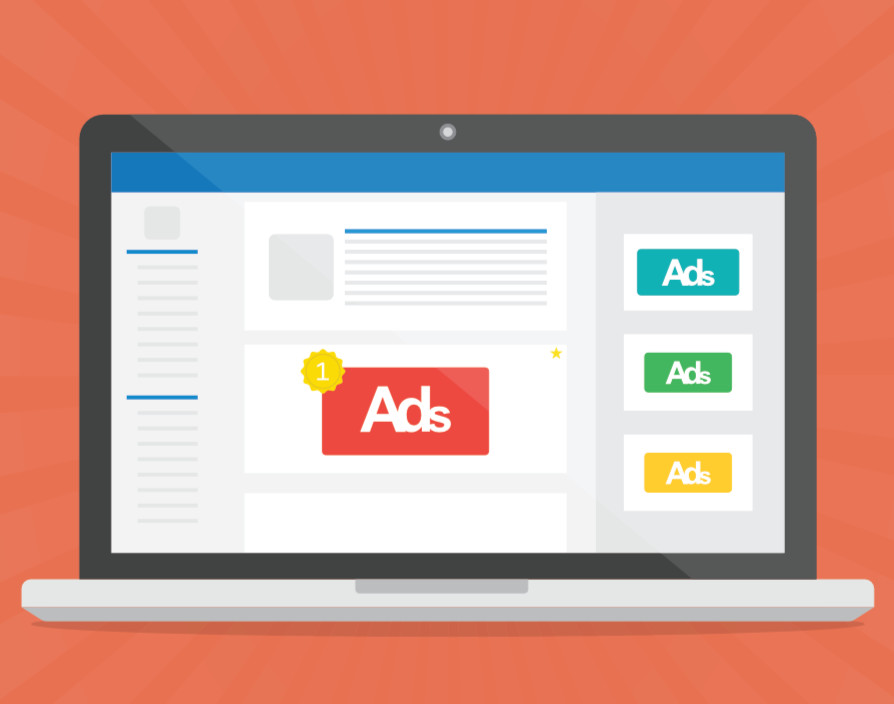Tim Hyde comments on the latest AA/Warc expenditure report surrounding the growth and predicted growth in digital advertising spend.
Across the world, businesses of all sizes have spent the last 18 months doing everything they can to stay afloat. Whether ‘pivoting’ the business, reinventing their brand, shifting to or developing an ecommerce platform or strategy, or thinking outside the box to try to stand out so as to retain and attract new customers and/or spending money in areas that they previously hadn’t considered; there aren’t many stones left unturned.
In all of this, digital advertising became vital to reach the fast-growing number of online shoppers, and soon weeded out those businesses that were willing to adapt and adjust strategies, those who didn’t want to or those who simply couldn’t. As a result, many businesses grew in ways they couldn’t have predicted pre-pandemic, others kept on an even keel and many sadly folded.
Budgets that were initially set aside for other channels were pumped in to digital spend with the realisation that this was going to be the most effective way of reaching customers who had had to shift to online shopping due to the restrictions of the pandemic. It became evident as time passed that the majority of these digital customers would stick to this newly adopted consumer behaviour post-pandemic and as a result, the decision for businesses to continue to allocate more spend for digital advertising has become the popular strategy. This is reflected in the AA/Warc expenditure report which shows that digital spend now equates to 70p for every £1 spent.
So how does this translate in to figures?
According to the latest AA/Warc expenditure report, the UK is set to see digital ad spend grow 18.2% to £27.7bn in 2021 which is the largest growth since records began.
The report also suggests that Social Media advertising and Display will accelerate by 17.2% and that search is up 19.7%.
A recent article from The Times cites that, according to the latest forecasts, marketing spend will move back above pre-pandemic levels in 2021 thanks to a bounce in consumer confidence.
So how does this affect the social media marketing industry?
More spend and predicted spend is going to be deemed a positive in any industry so the AA/Warc figures are exciting for the digital sector. It is hard at this stage to work out just how these figures will benefit specific sectors, but any growth is good and reflects a growing confidence and trust in the industry and a growing optimism in our service from consumers. There is also a realisation that digital will reap rewards if used correctly, However, there is a lot of room for error if approached naively and poor execution of a digital marketing campaign or money spent in the wrong places could be detrimental to the success of the outcome. To compete in this sector, businesses need to invest in experts to ensure success and maximise the skills of people in this area of expertise.
The downside to fast growth.
Of course fast growth is positive but there is often a downside and, in this situation, as soon as more people start to spend in a particular area or on a particular product, competition grows, and prices start to escalate. Agencies need to remain competitive but also need to be aware of not pricing themselves out of the market. Consumers need to do their homework and establish what the real value to their spend will be before making their decision.
UK vs US
While the reported numbers appear high from the report, we are still way off the US in terms of spend. As an example, a well-known brand in the UK might be spending £500,000 to £750,000 per month on digital advertising but in the US an unknown brand will be spending in excess of £2,000,000, so what a ‘large company’ in the UK is spending monthly is only a fraction of what quite small companies are spending in the US.
In summary
Maybe these results expose that overall, as a trend, people are investing more in trackable and scalable channels. If this is the case, it is positive for digital marketers and means that differentiation will need to occur through creative excellence and storytelling, rather than trying to out-spend competitors.
“
Share via:








































